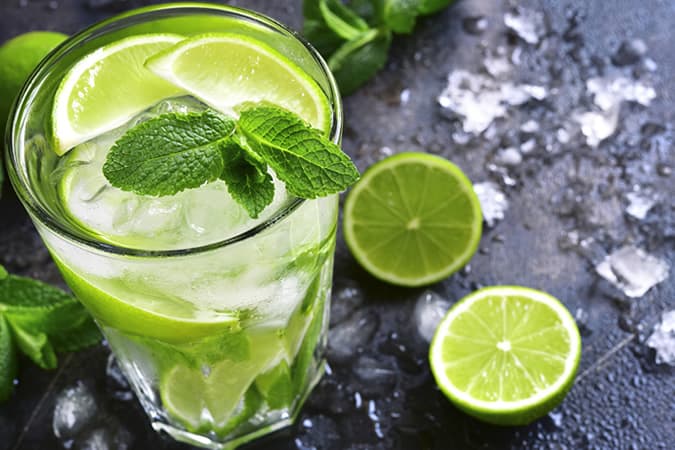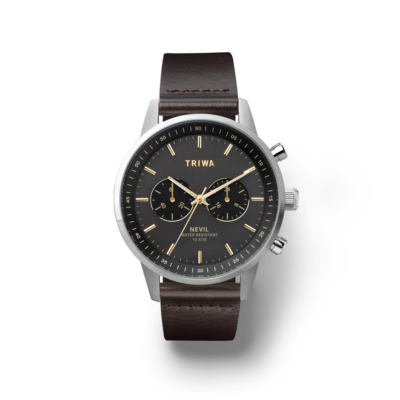The Best Rum: A Guide For Pirates And Drink Snobs Alike
A pirate’s drink of choice is not one to sip quietly in a wing-back chesterfield with some low-key jazz on in the background. Unlike a good whisky you have as a nightcap, or the gin you order when you’re pacing yourself, rum is a party-starter. It’s a holiday drink. It’s what your mate brings back from the bar when he’s trying to make sure you don’t call an early night.
Despite the drink’s versatility, the best rum can sometimes be hard to discern.
Of course, rum isn’t only appropriate for nights when you’re three sheets to the wind. It has the same complexities as those other spirits, there’s a similar breadth of quality on the shelves – and just as rich a history to get into as you knock them back.
Rum – a spirit both quaffable and inebriating – is the best example of alcohol pioneers’ industriousness. Sugar cane farmers in the world’s tropics in the early 17th century had a problem. To make sugar to sate the world’s growing sweet tooth, it required crushing sugar cane, boiling the resultant juices and leaving them to cure in pots. This process yielded molasses as the waste by-product and, by god, they knew what to do with it. Thus, good rum was born.
A History of Rum: What Is Rum Made From?
In its purest form, rum is made by mixing molasses with the solution skimmed off the sugar cane juice after it is boiled and fermenting it. Many twists on the process have developed in the proceeding 400 years, but in essence, this method remains.
As it was produced such a distance from the world’s key cities of consumption, to bring rum to market required sailors to get it there. While in transit, it’s fair to say that these marine men developed a taste. Safer to drink than sea water and certainly more fun, rum became synonymous with the navy, pirates and just about anyone who has ever hoisted a sail.





